The History Trust of South Australia (History Trust) would like to thank the SA history and museums community for your feedback. Hearing directly from you is vital for evaluating where we are today, and how best to proceed into the future.
The Grant’s Survey was sent to 1,000 members of the South Australian History Network (SAHN). The History Trust received 166 responses, which came from both small and large organisations, as well as individuals.
The survey focused on awareness of the History Trust grants programs. This included access to grants, and the level of satisfaction of previous grant applicants. It asked about the needs and requests for future grant rounds. Particular focus was on levels and frequency of funding as well as the promotion of completed projects that were funded.
‘The History Trust grants have been crucial to our ongoing development. It is always a daunting prospect to write a grant application as many of us do not have extensive experience in this area however, being able to ask questions of History Trust staff has been very beneficial and they have proved very helpful’ (anonymous respondent)
We asked both applicants and non-applicants
Approximately 69% of responses came from past grant applicants, and 22% from those who had not yet applied.
Of those who had applied, 61% had applied for the South Australian History Fund (SAHF) and 43% had applied for Museums and Collections (MaC) grants, or its predecessor programs.
We are pleased to see that many different members of the SAHN have applied for a grant at some time. Most, including those who were not successful, felt very satisfied with their interactions with History Trust and the quality of the information provided.
Awareness of History Trust grant funds is something to work on
The majority of survey respondents said they received information about History Trust grants via email (63%). The remainder found this information on the History Trust website or via social media.
Among those who had never applied for a History Trust grant, 37% said the primary reason was that they were unsure if their project would fit the grant guidelines. Another 30% said they unaware of the grant funds.
The most satisfied grant applicants had contacted the History Trust for advice, assistance or feedback
Applying for grants is a detailed process, and a majority of past applicants were very satisfied with their experience. This was especially true for those who spoke with a Grants Officer.
Just under half (45%) said it was quite likely they would apply for a grant in the future.
The majority, 72%, of responders were very satisfied with the grant guidelines and other information provided about applying.
Of those 67% of respondents were very satisfied with the advice and assistance they had received from the History Trust. Those who did not contact the History Trust for advice were less satisfied with the experience. Another 57% of those who responded were not aware of the assistance offered by the History Trust.
Some 60% of respondents were satisfied with the follow-up advice they received about their application, and another 60% were satisfied with the application process itself.
Almost 52% of those who responded reported that they would have been unable to undertake their projects without their History Trust grant.
‘This is an invaluable resource providing support/incentives for Historical Researchers to undertake in-depth research into the rich histories that tell the story of this unique Australian state. South Australians are rightly proud of their history and want to tell its stories locally, nationally and internationally.’ (anonymous respondent)
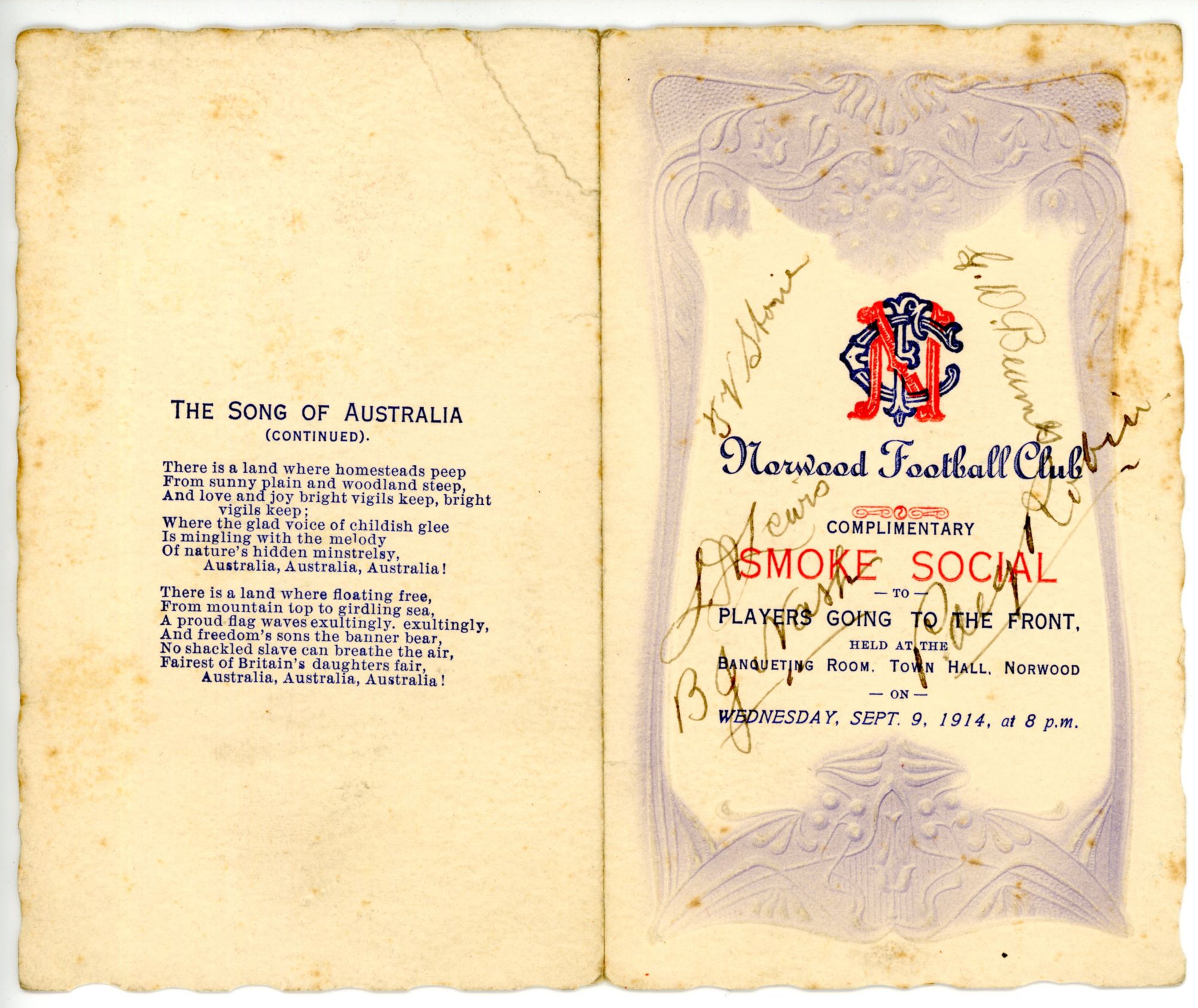
You value access to History Trust grants for many different projects and want us to share your achievements
The three top in demand project types for History Trust funding were publications, interpretive signage/physical display and events/public programs. Other popular responses included research, collections management, including cataloguing and storage and digitisation.
80% of survey respondents want the History Trust to promote grant-supported projects. They felt doing so would give grant recipients additional publicity and promotion as well as encouraging new applicants to seek funding.
Small grants, bigger grants…and grants more often
62% of survey respondents recognised the importance of very small grants (up to $2,000). They acknowledged that while the amount may be small, it could be what ensures a project is completed.
Assistance with grants of $10,000 or more was very important to 49% of respondents. They commented that for larger projects including interpretive projects, research and publications, larger grants are sometimes required for the projects to be successful.
The SAHN is also keen on more grant rounds being offered throughout the year and grants being available on a rolling basis rather than at strictly set times of year. The History Trust has implemented staged opening and closing dates for MaC grant rounds and will look at how we can innovate the running of and access to the SAHF.
Where to next
The grants survey has given us a lot to think about and your feedback and suggestions are gradually being considered by the History Trust. Thank you again for taking the time to take the Grants Survey. We are listening and as we continue to plan and shape the existing programs we will keep you informed through newsletters, social media and on our website.
Support from the History Trust is available by phone and email for all grant applications. You may always contact us for advice, support, guidance or information. community@history.sa.gov.au

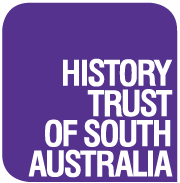
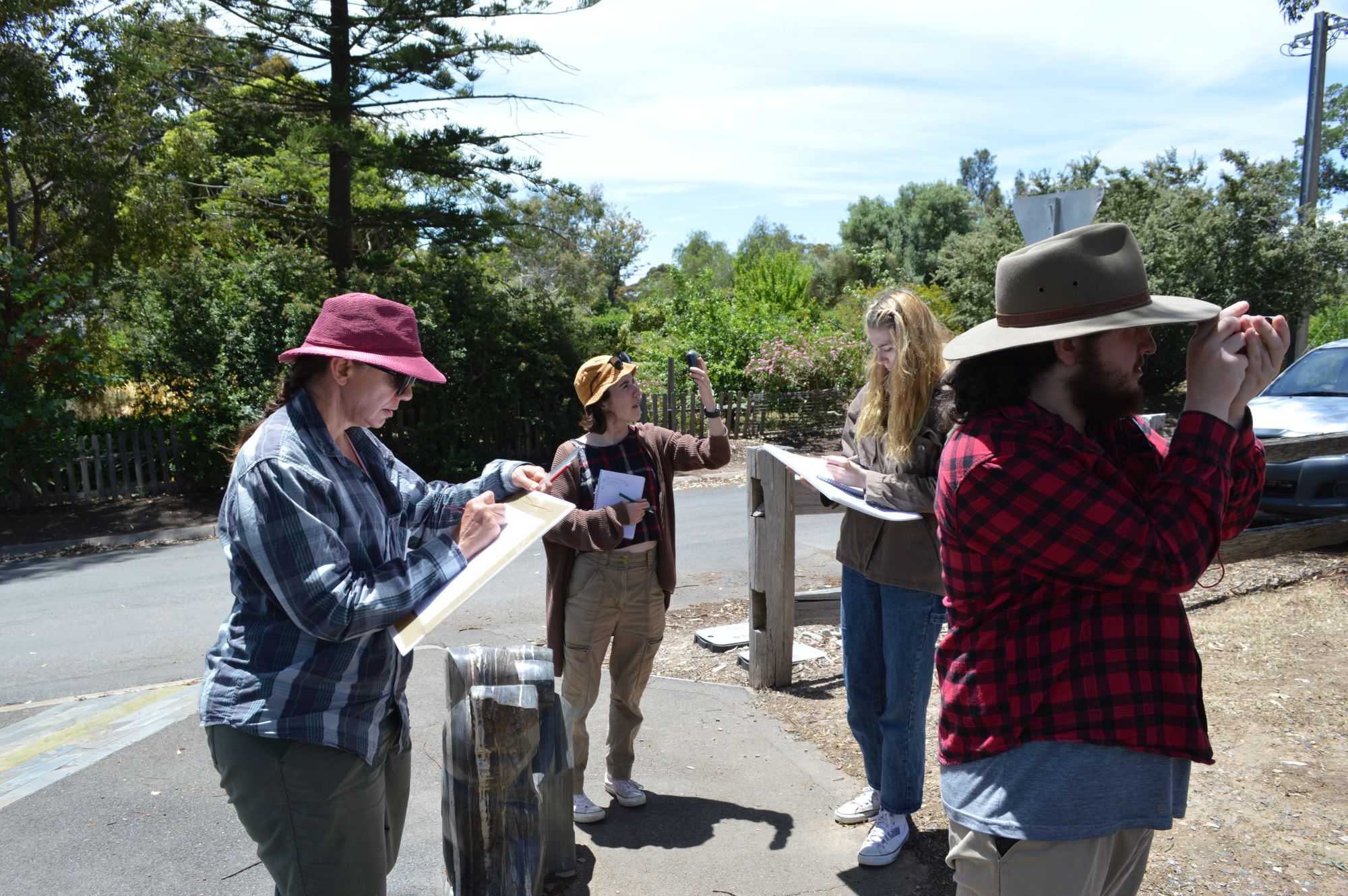
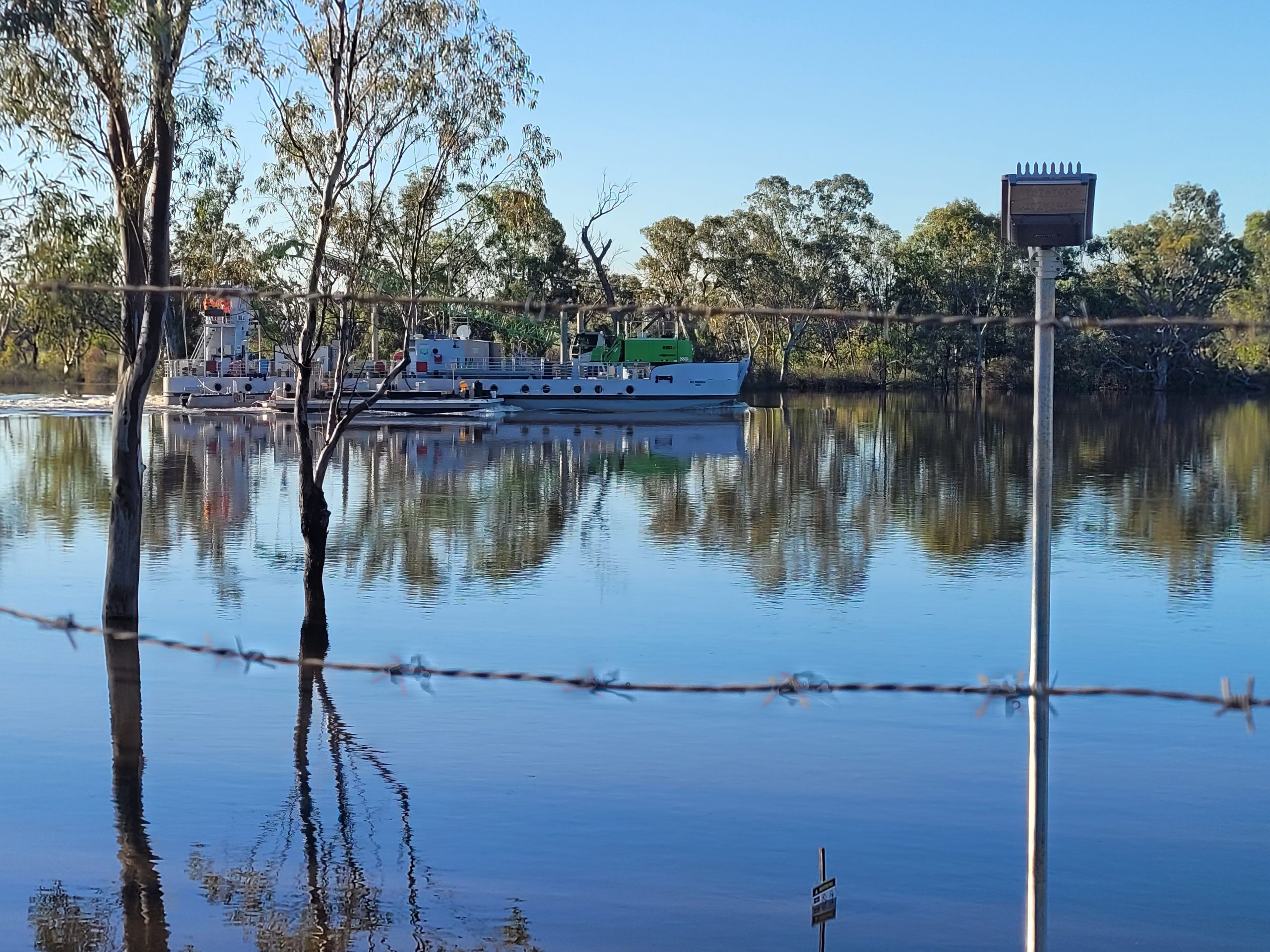
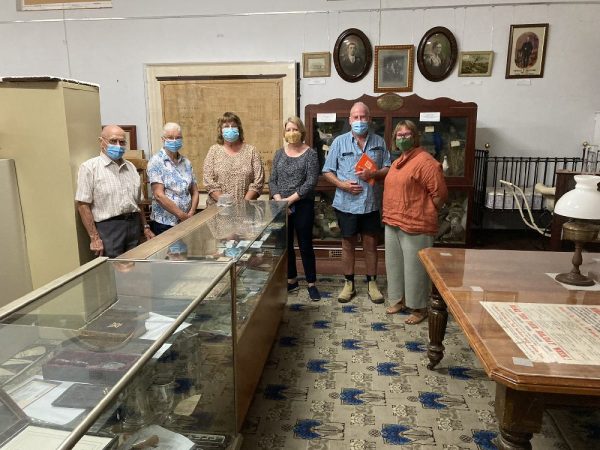
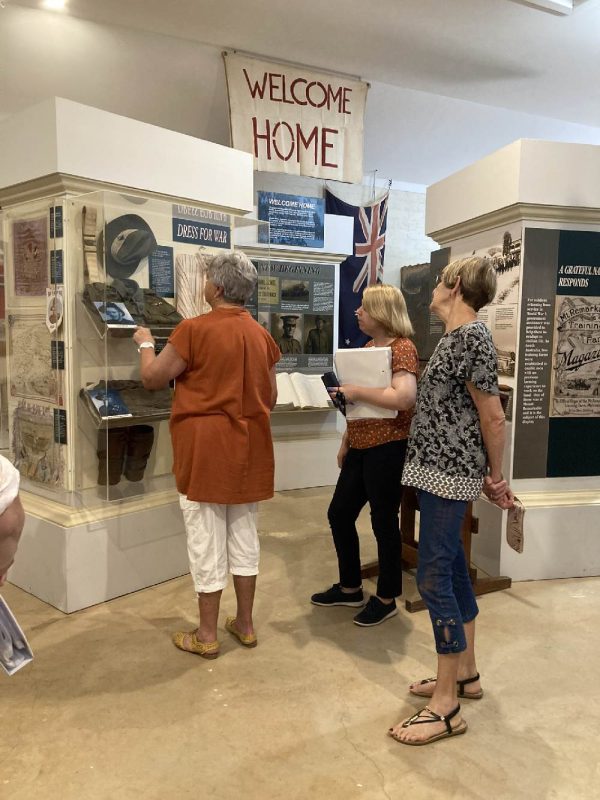
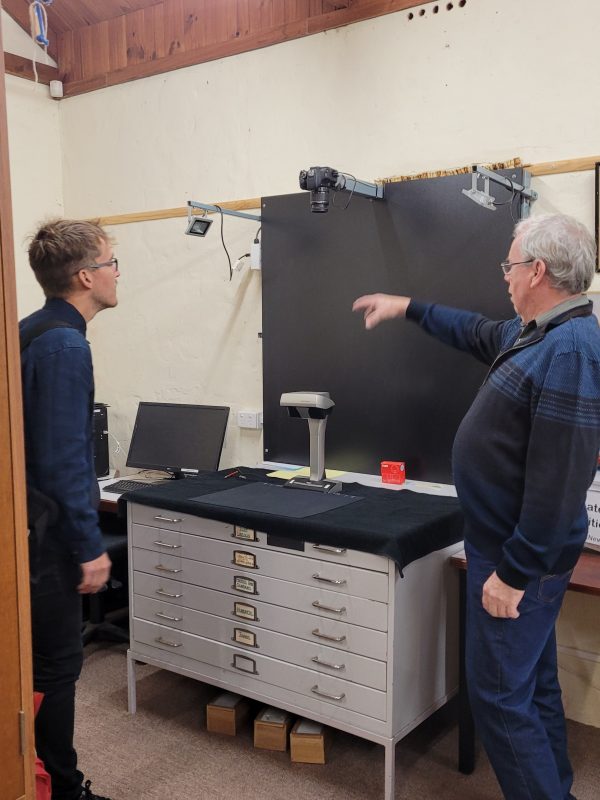
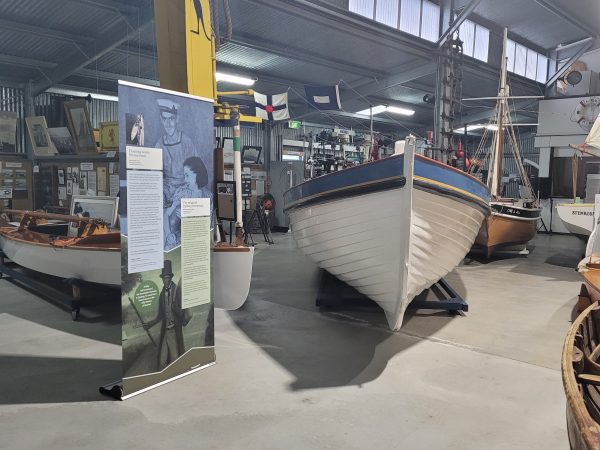
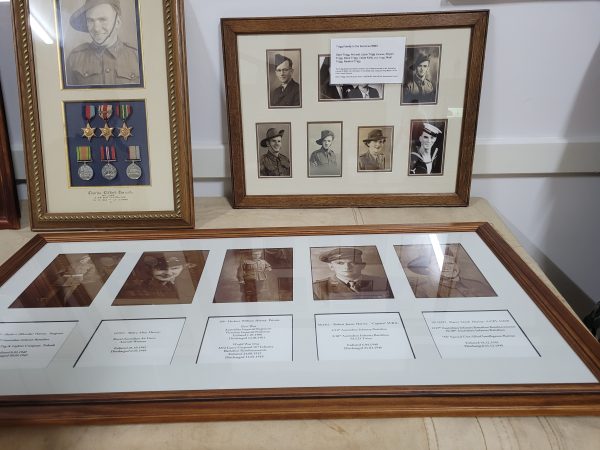
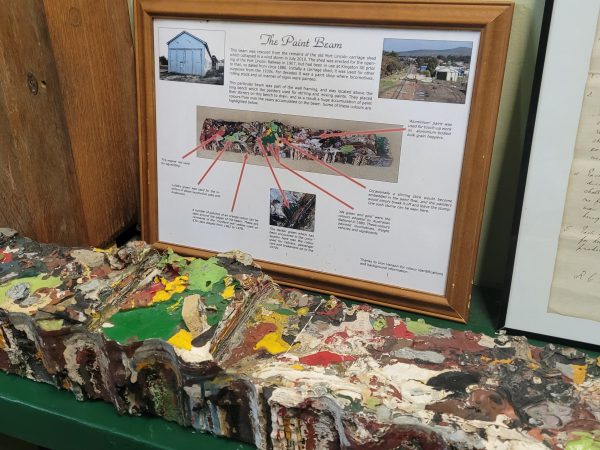


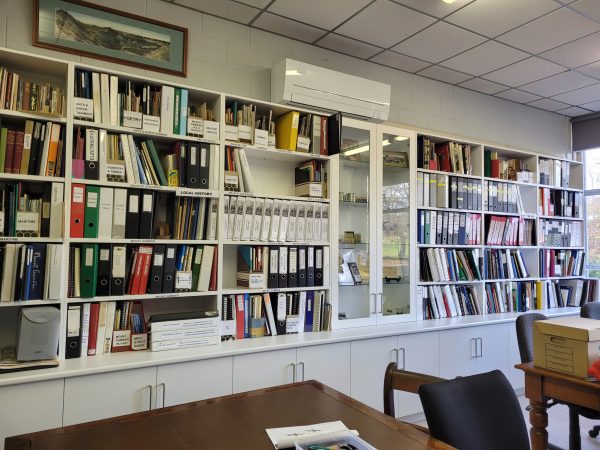
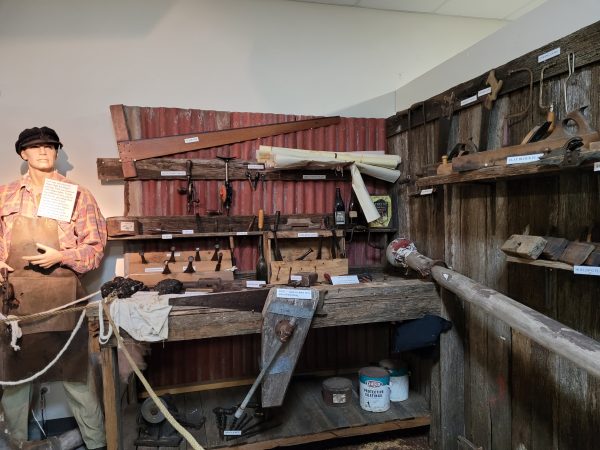
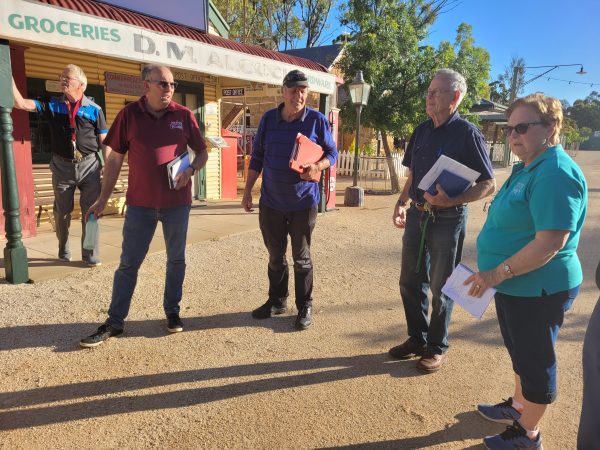
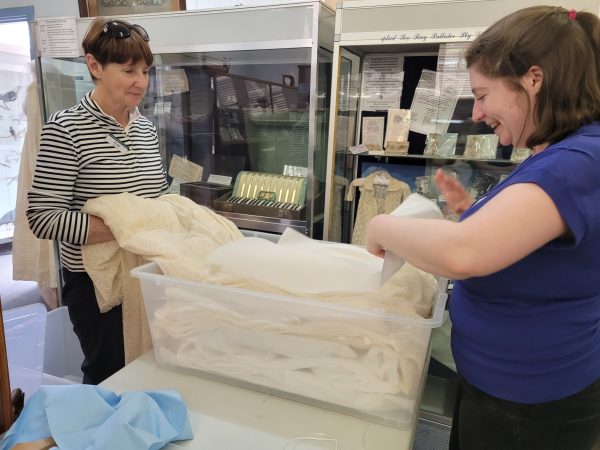
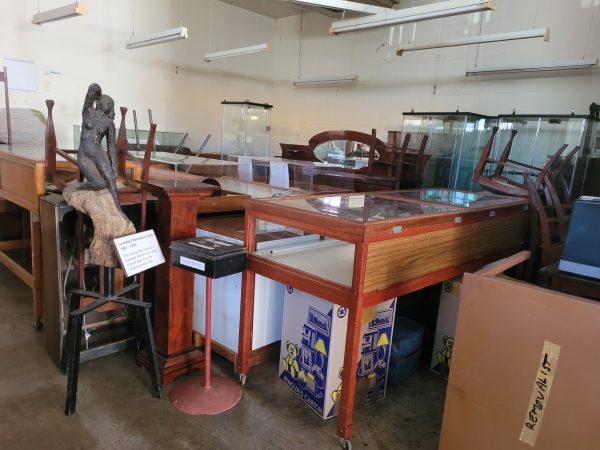
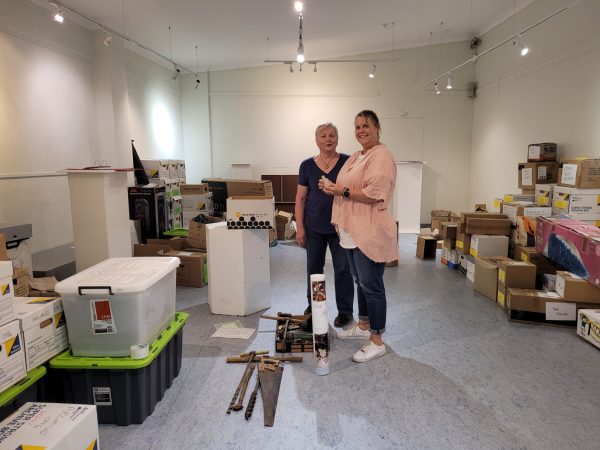
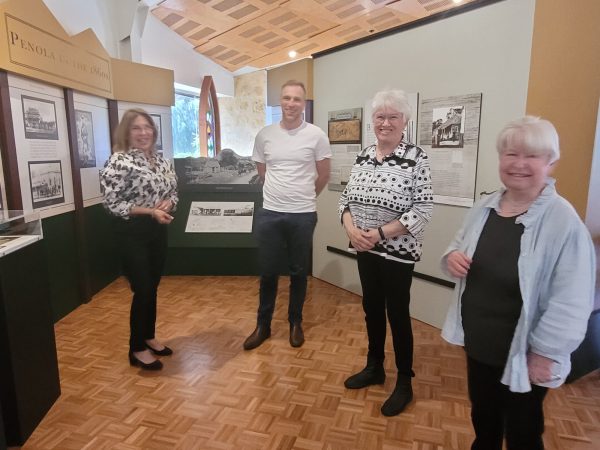
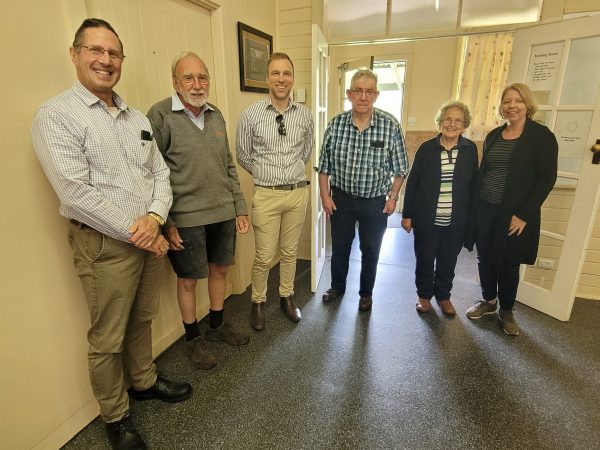

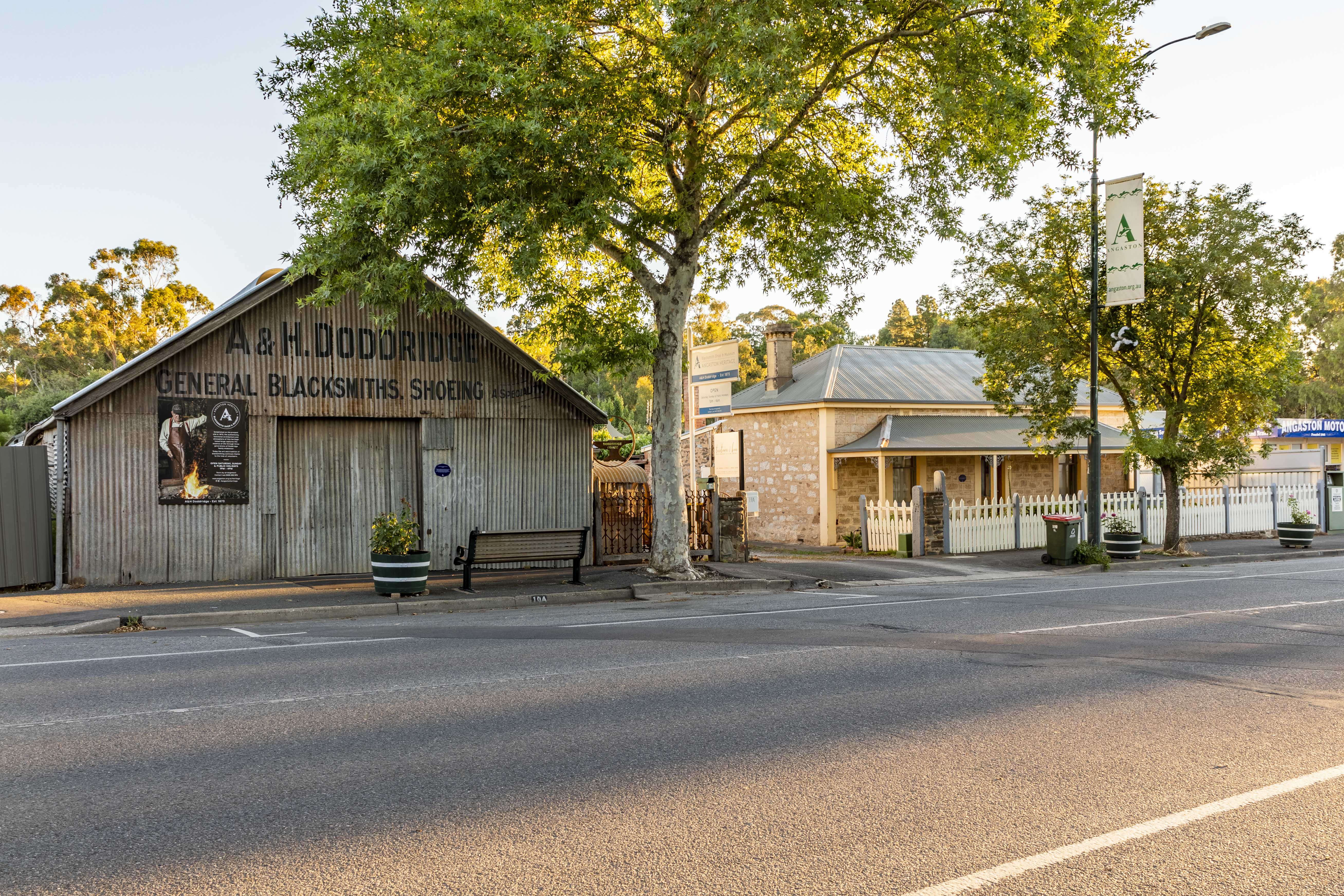
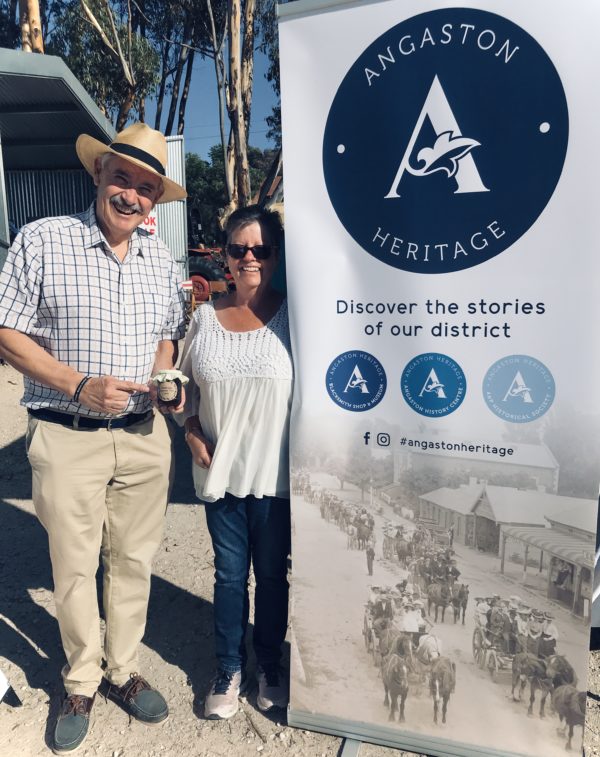
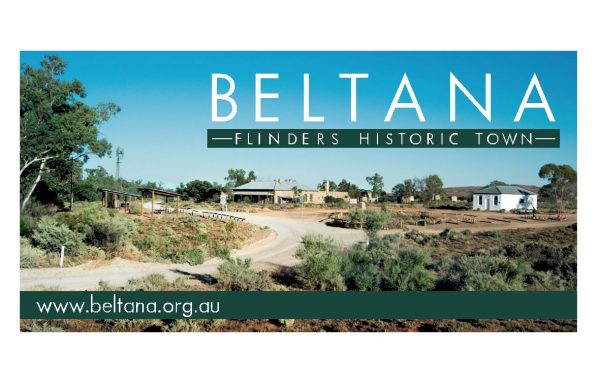
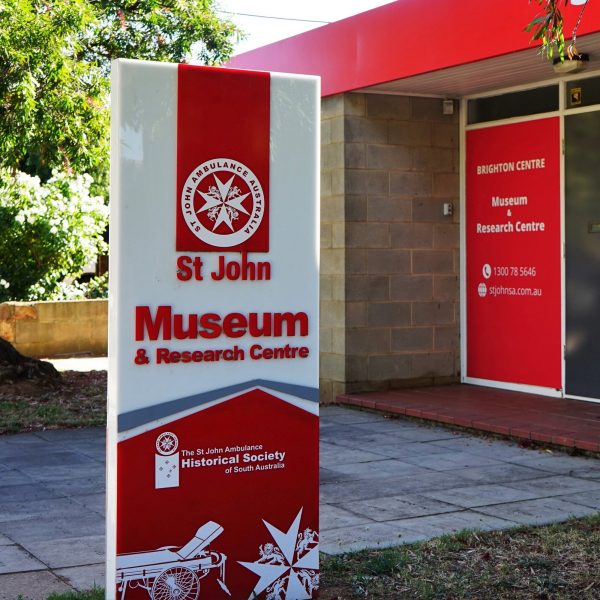
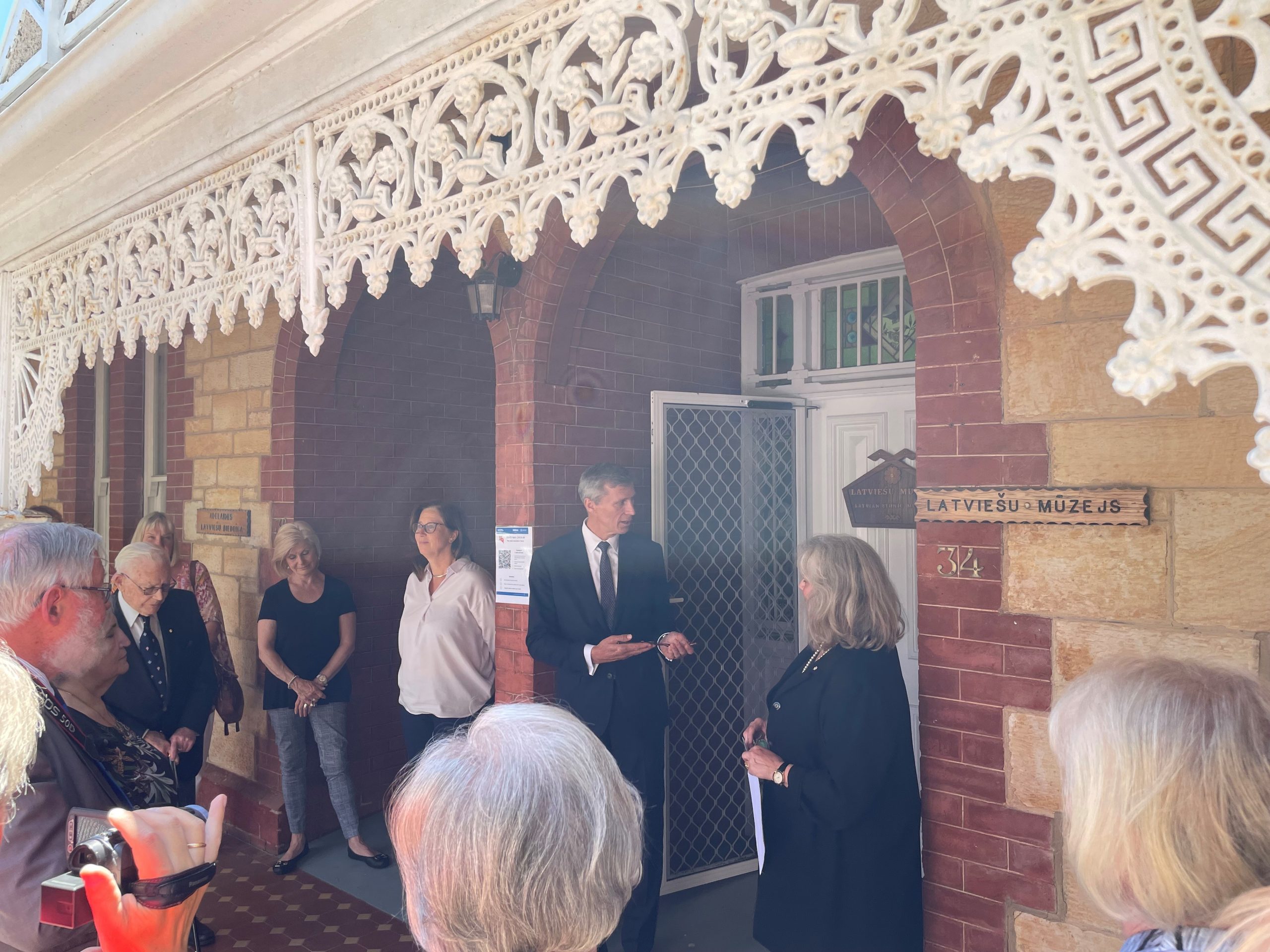
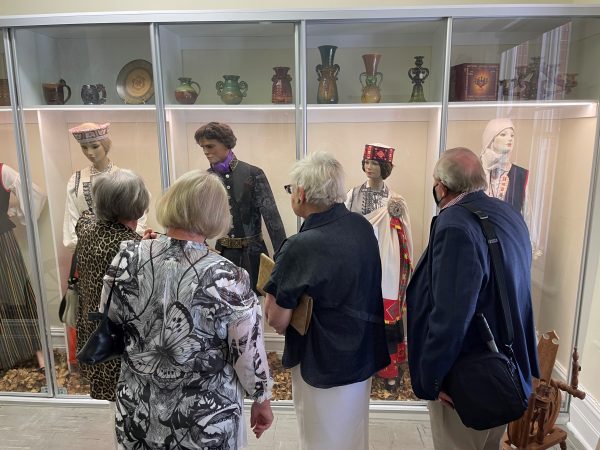
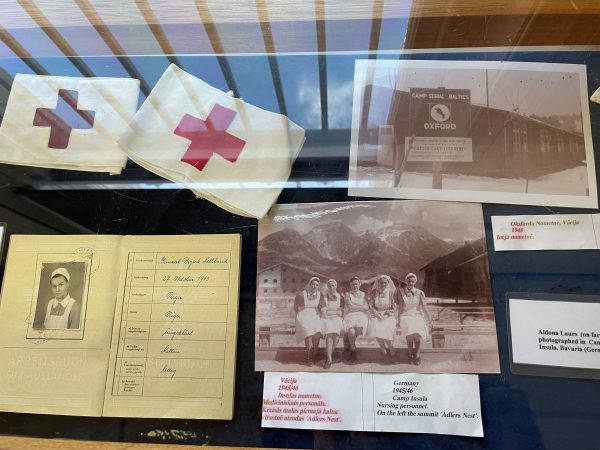
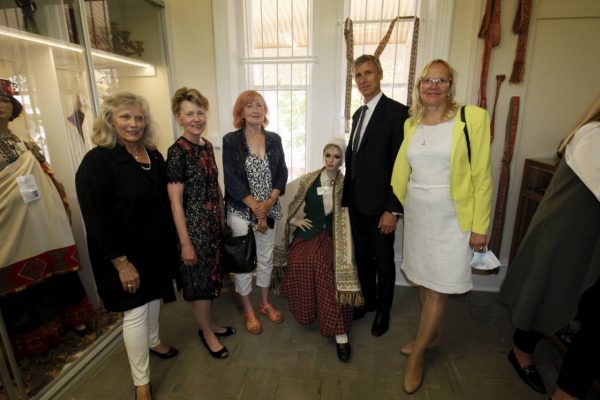
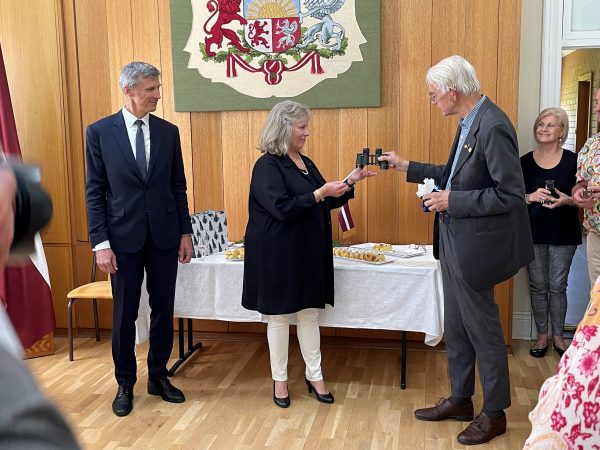
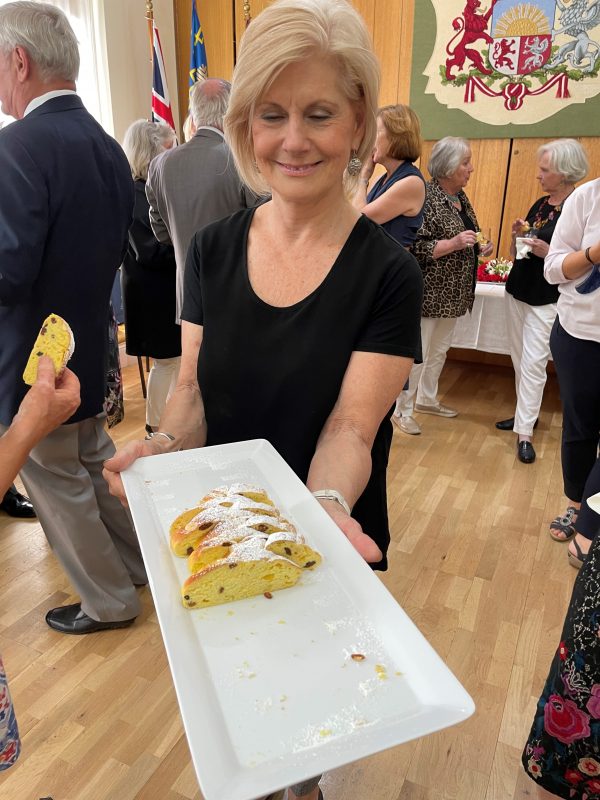
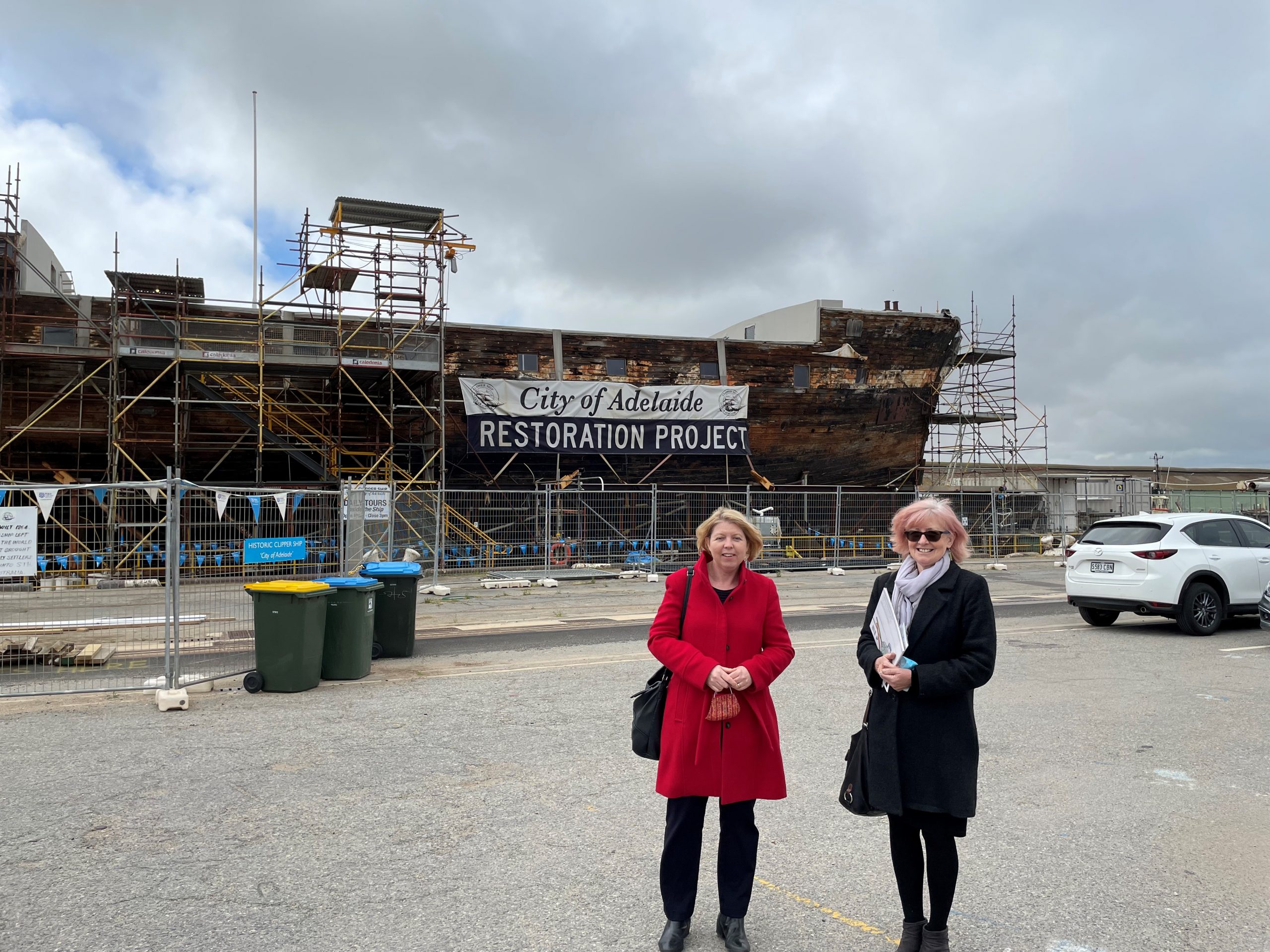
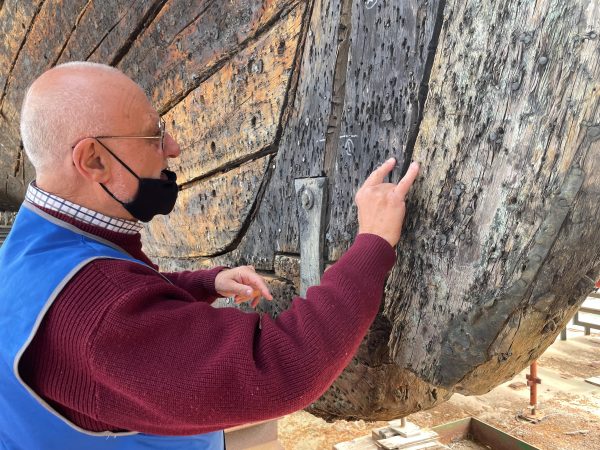

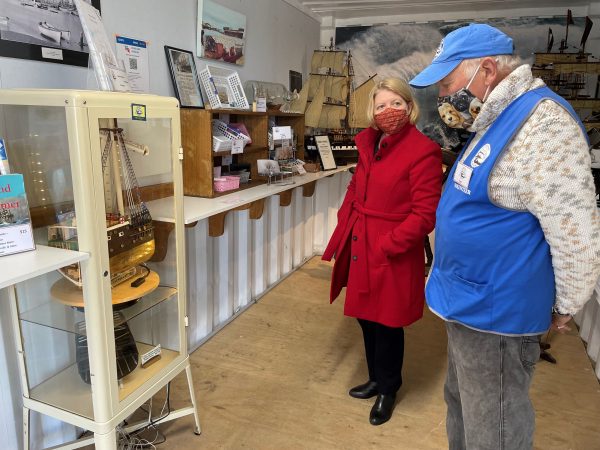
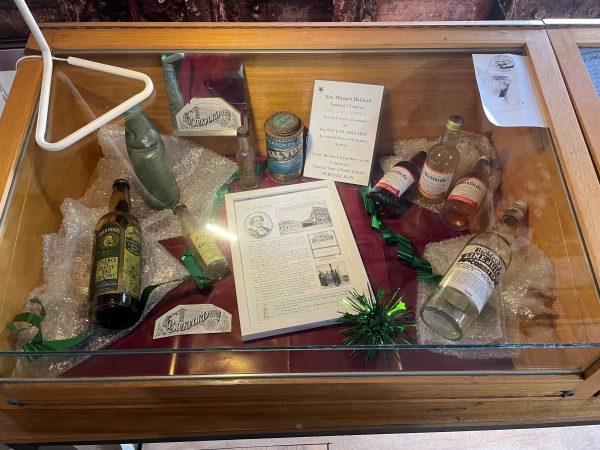

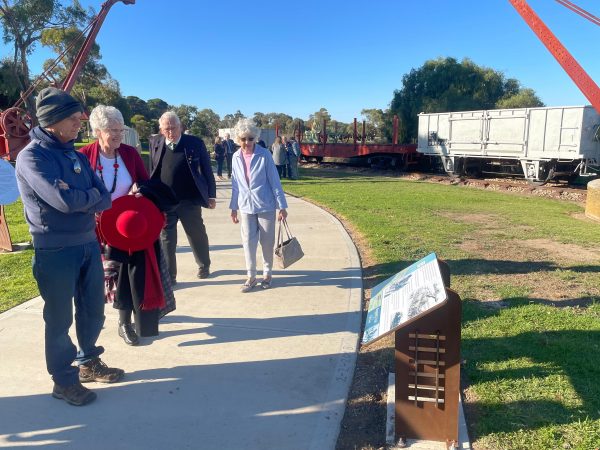
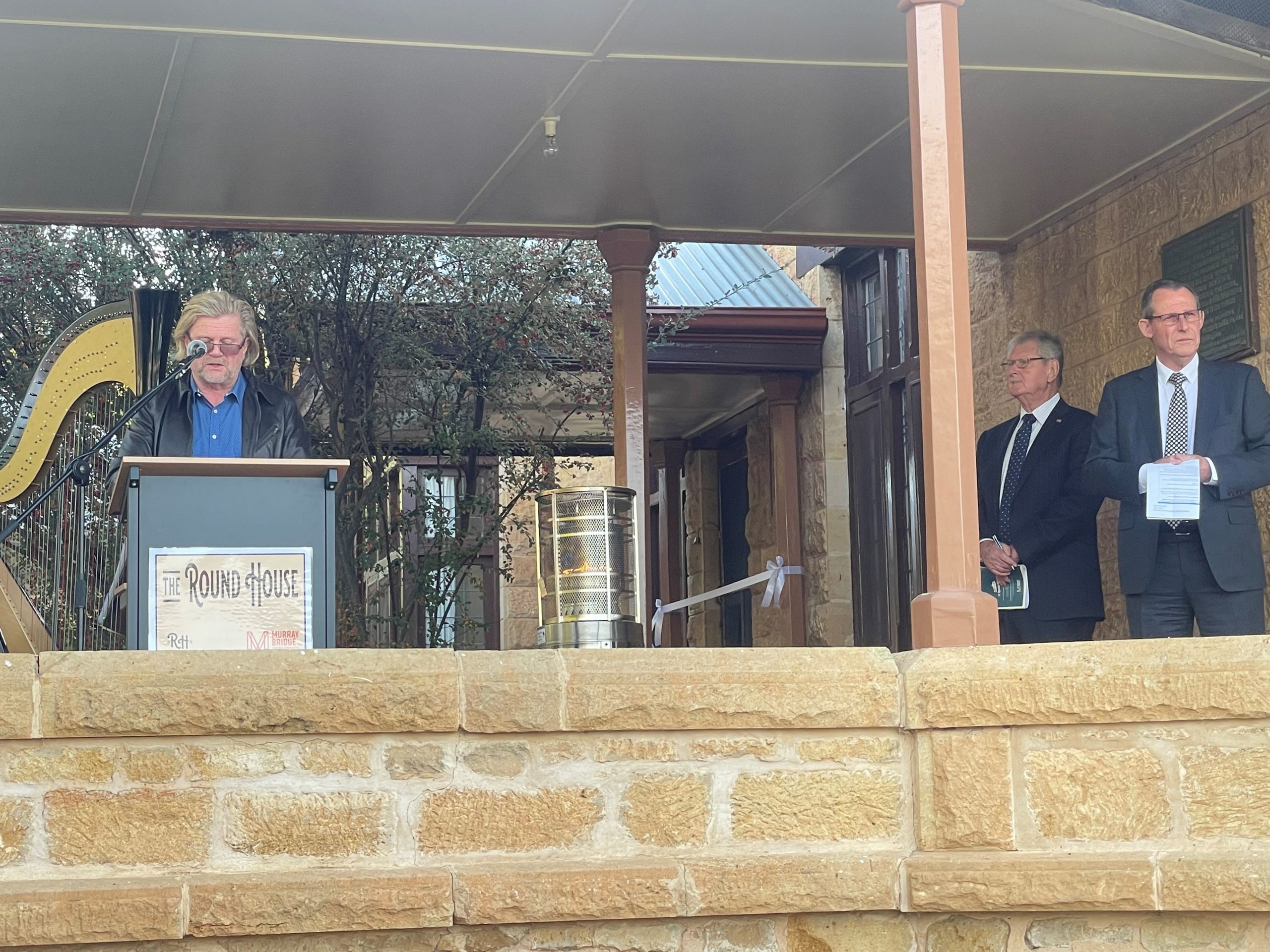
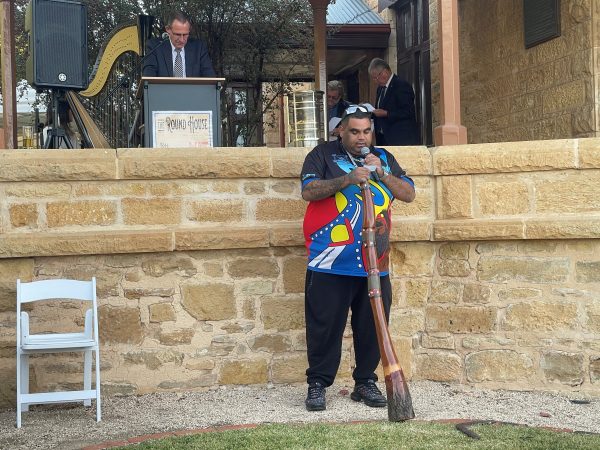
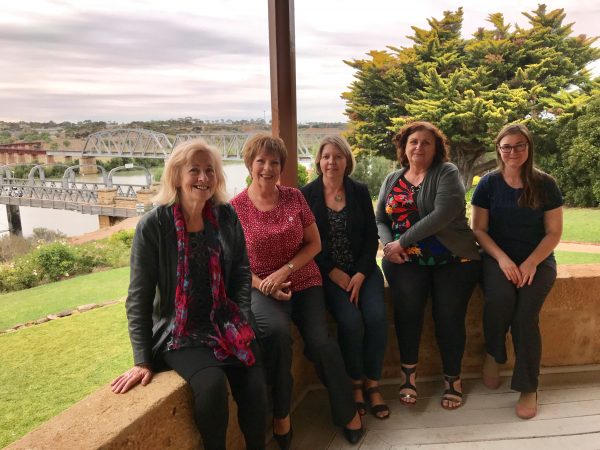
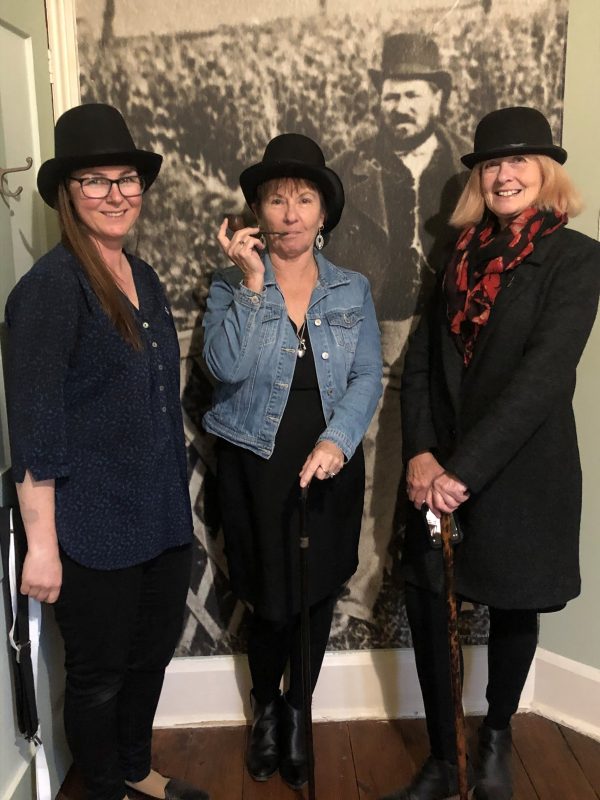
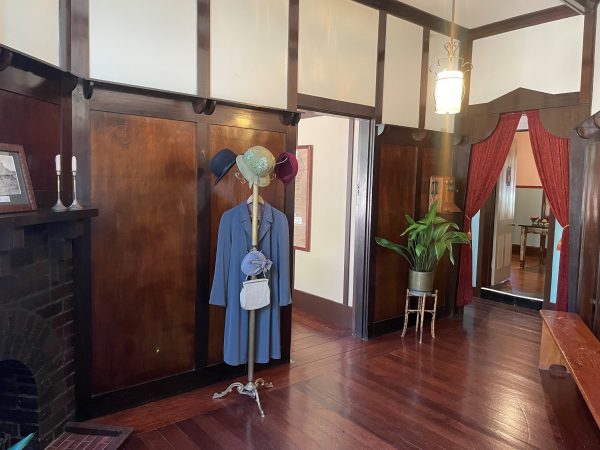
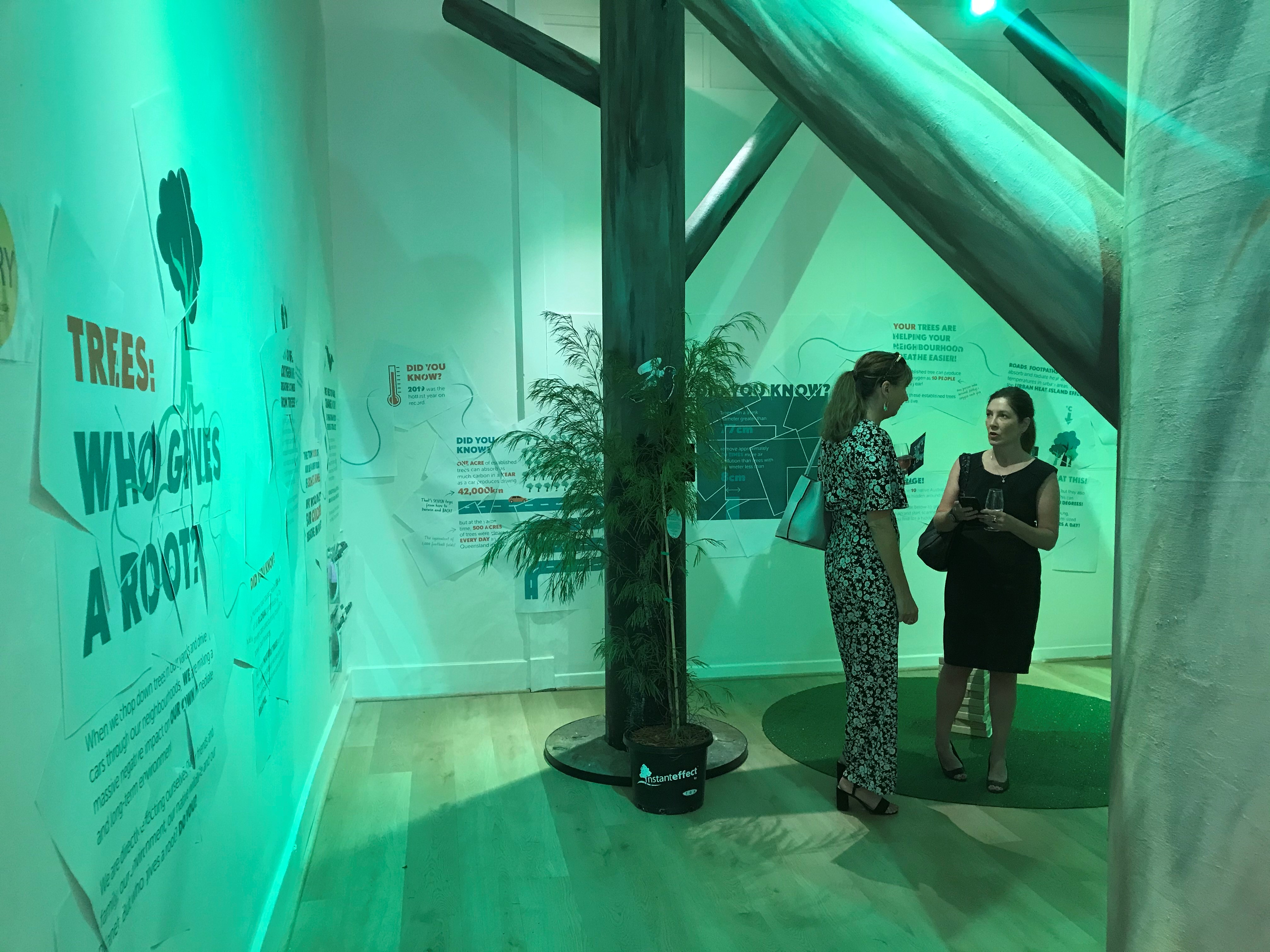



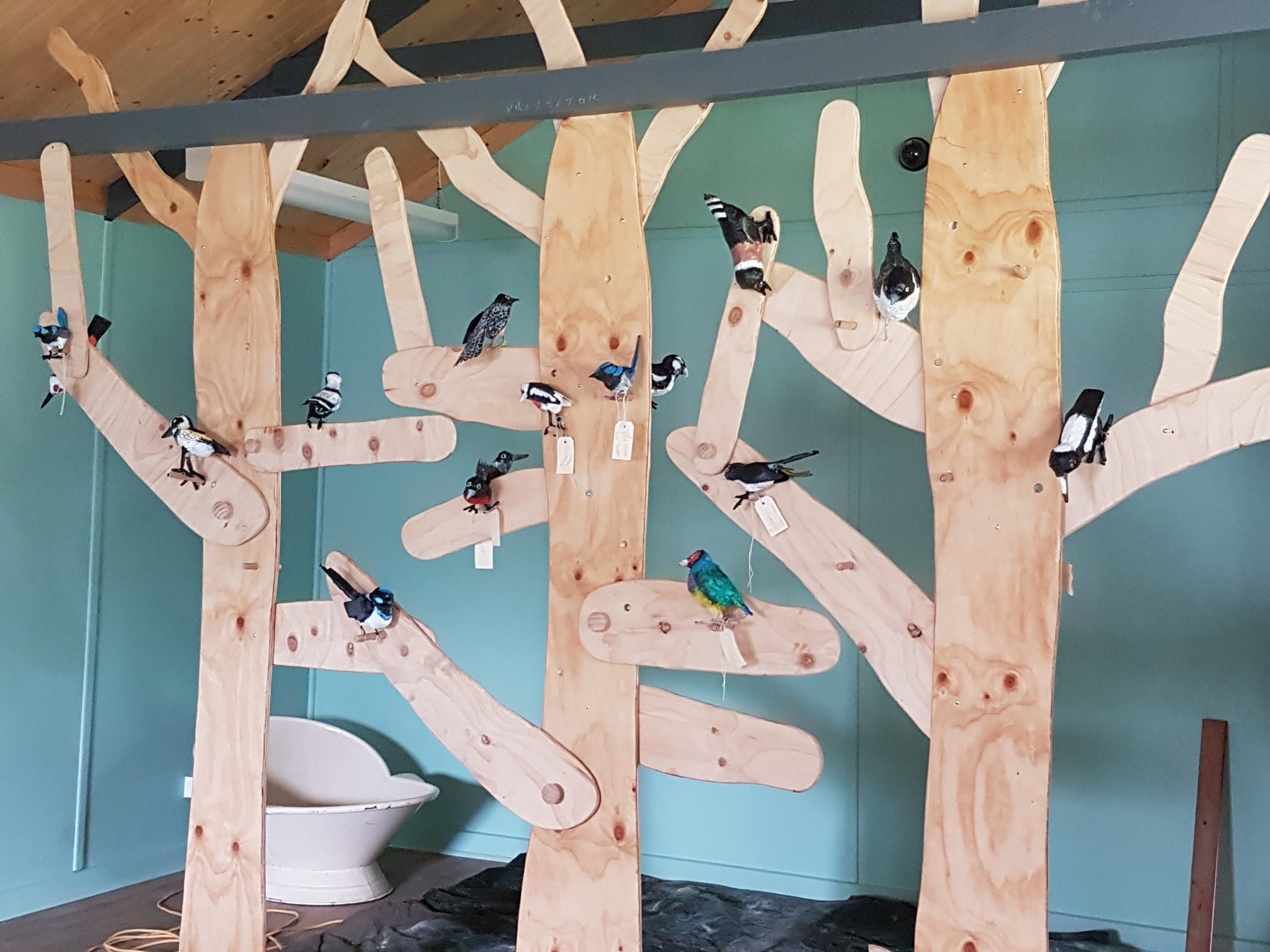





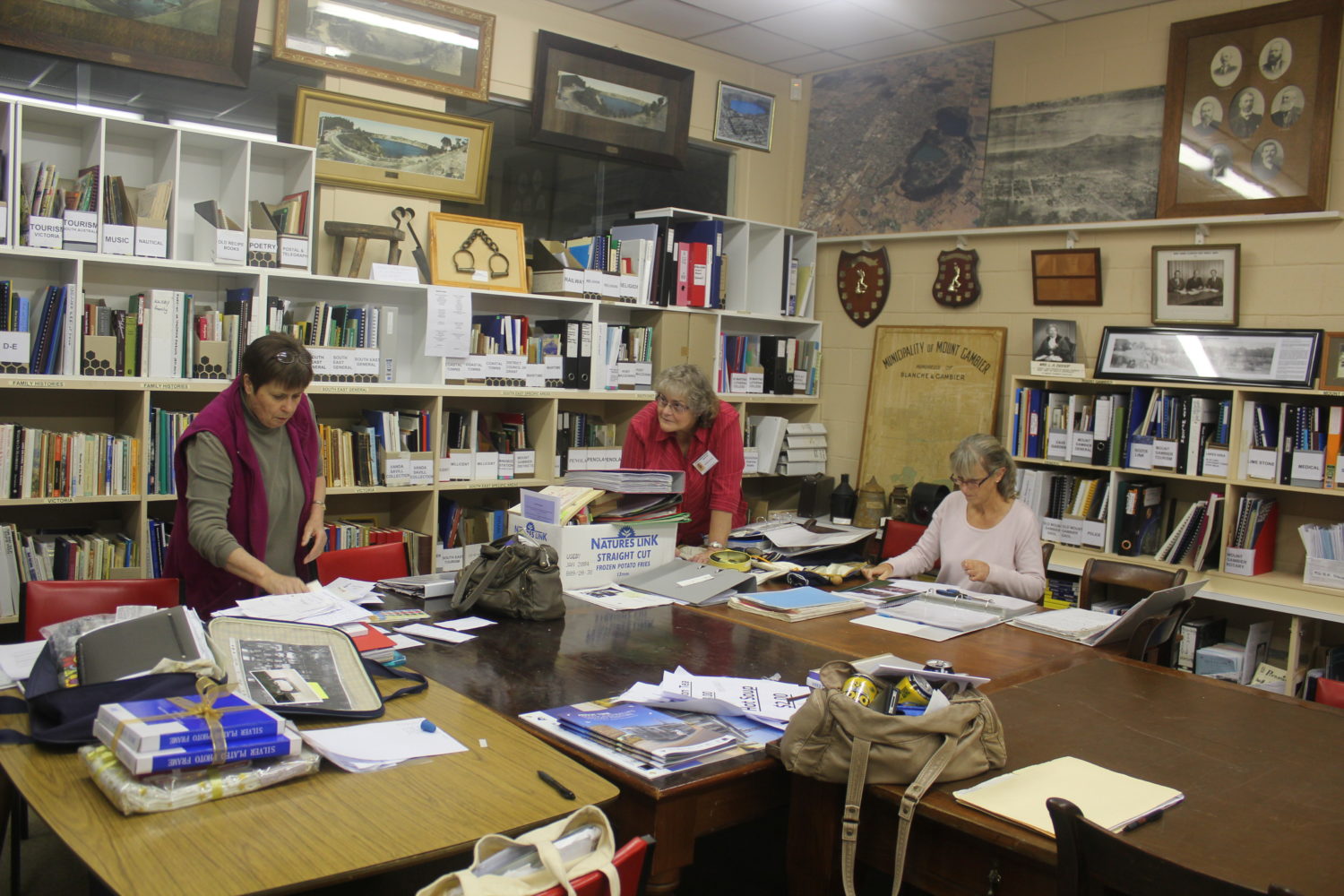



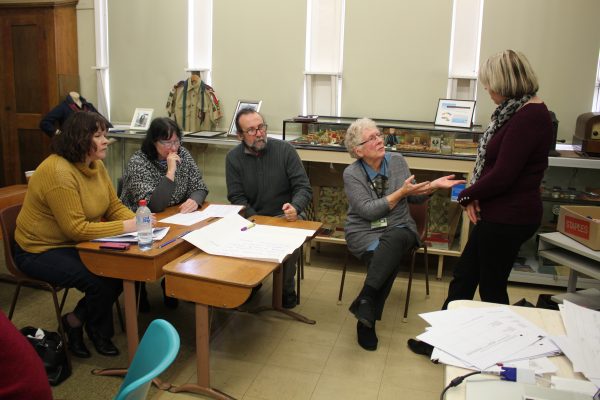
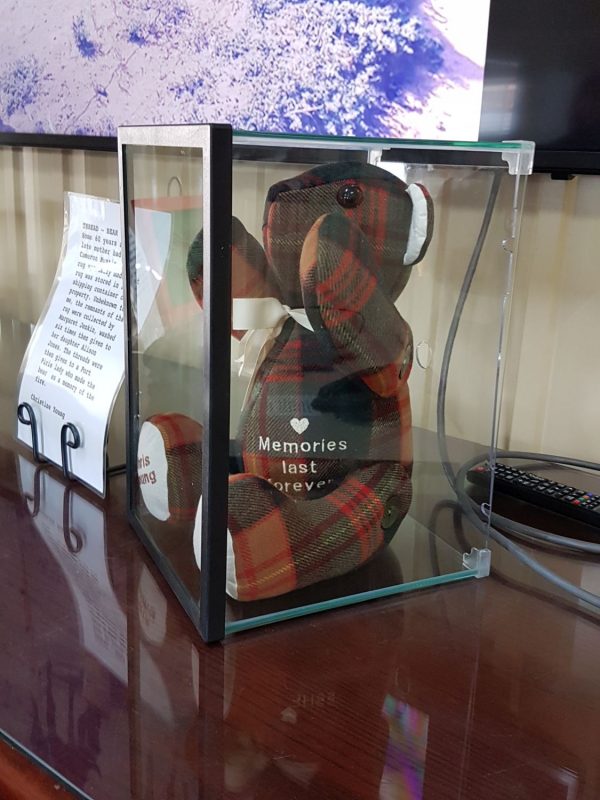




 .
.





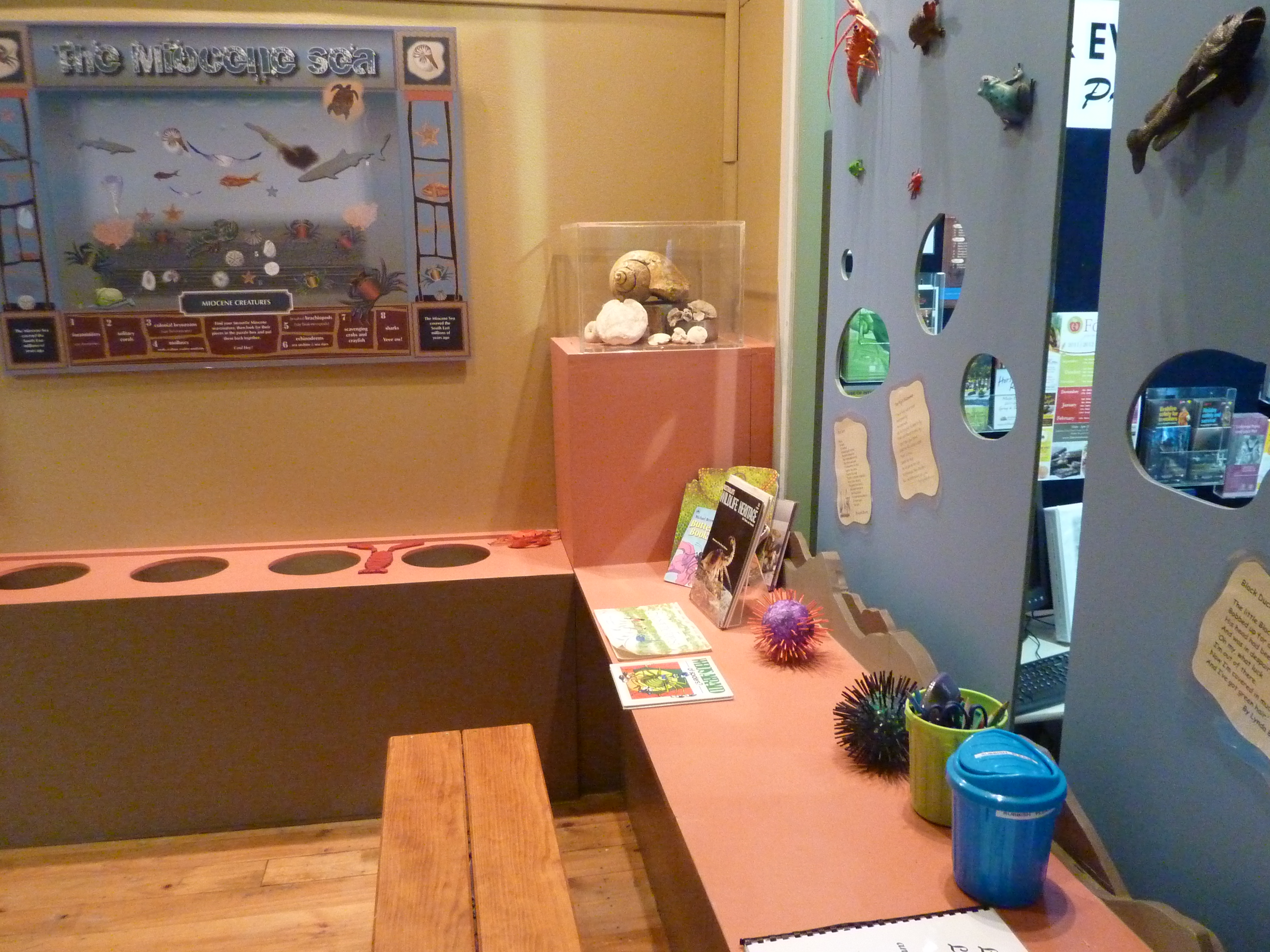




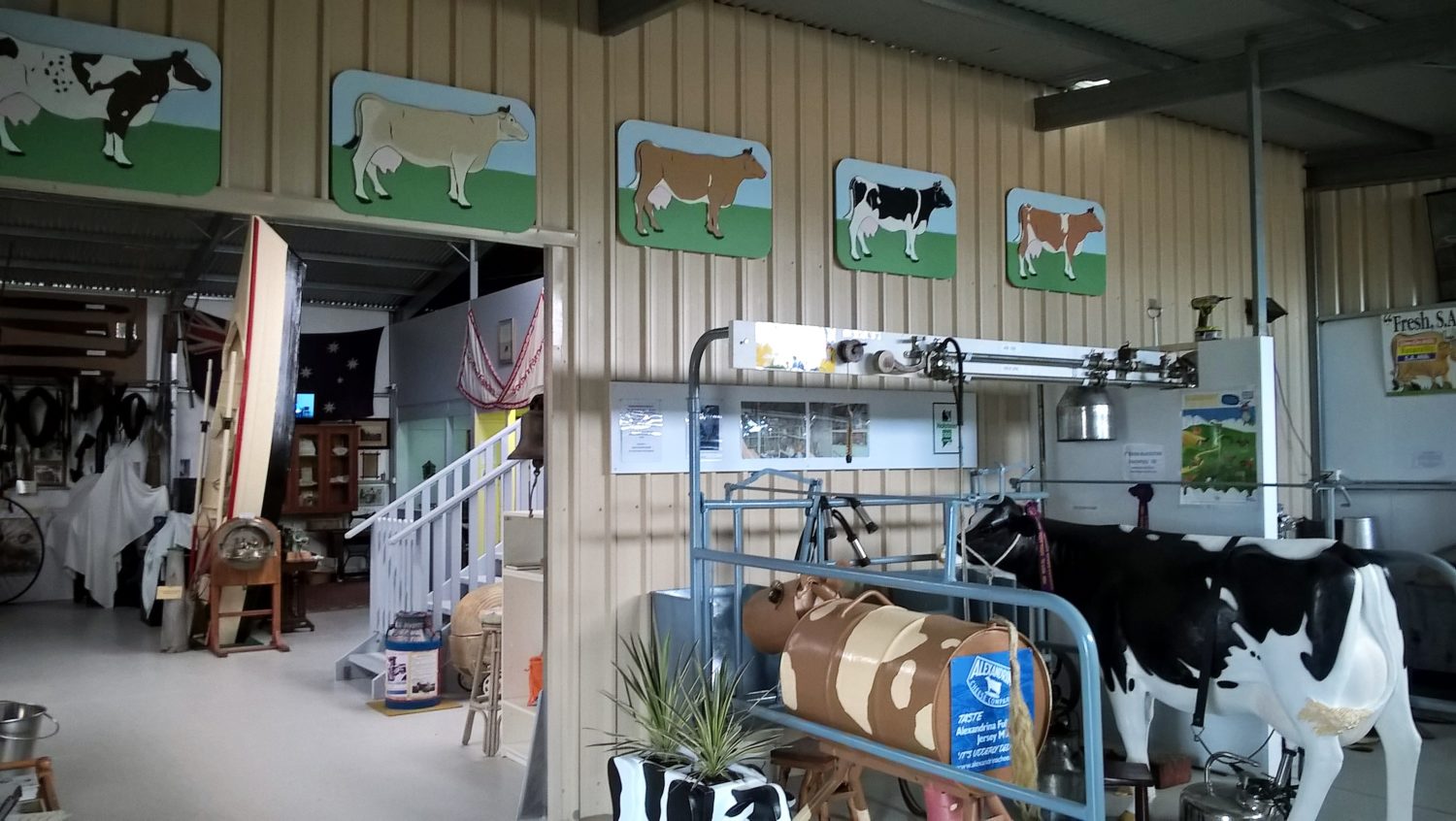


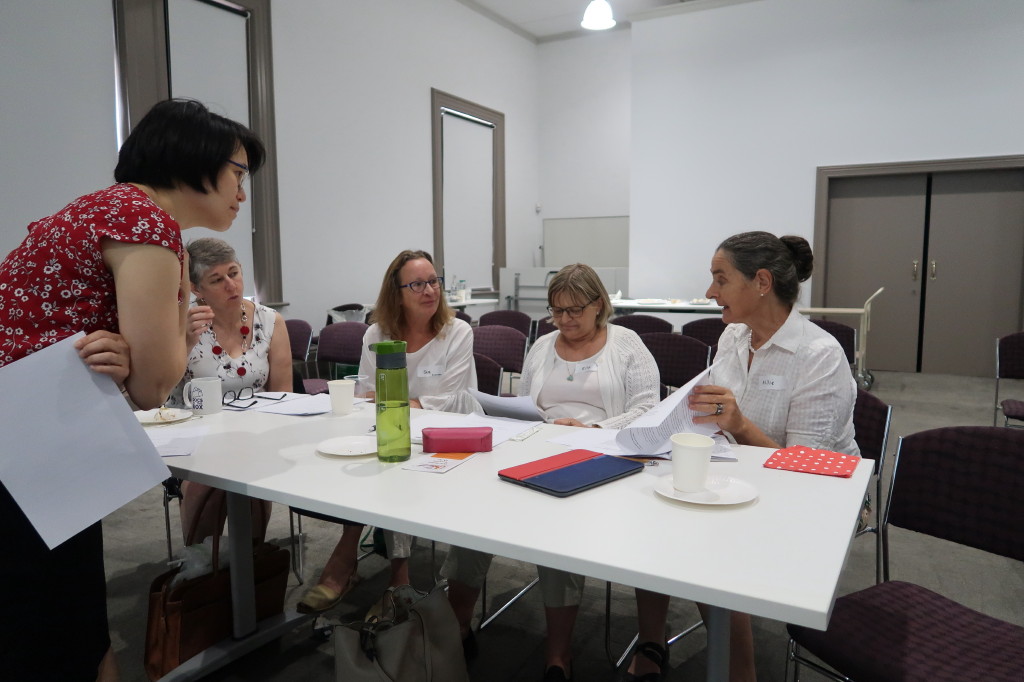
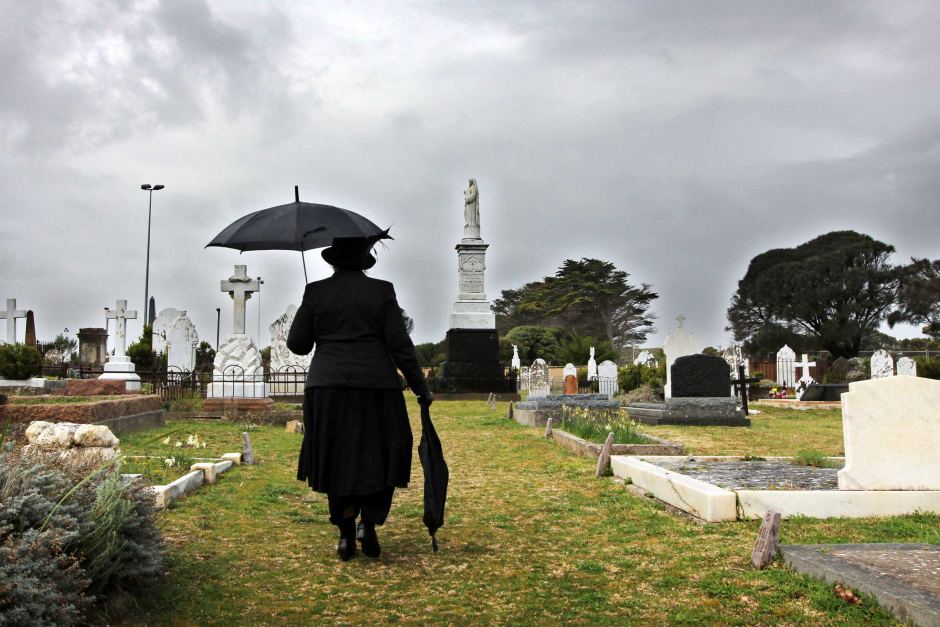



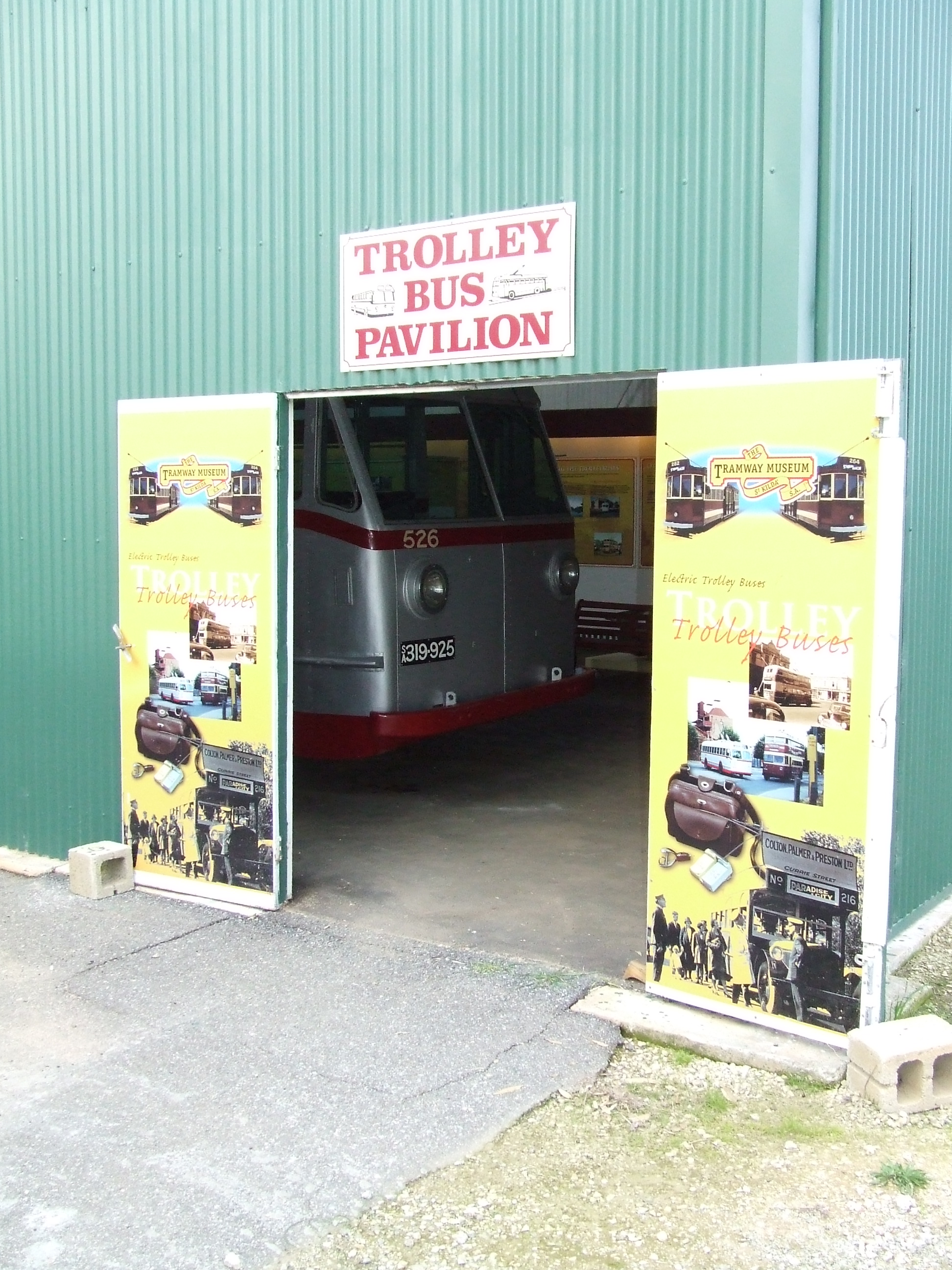

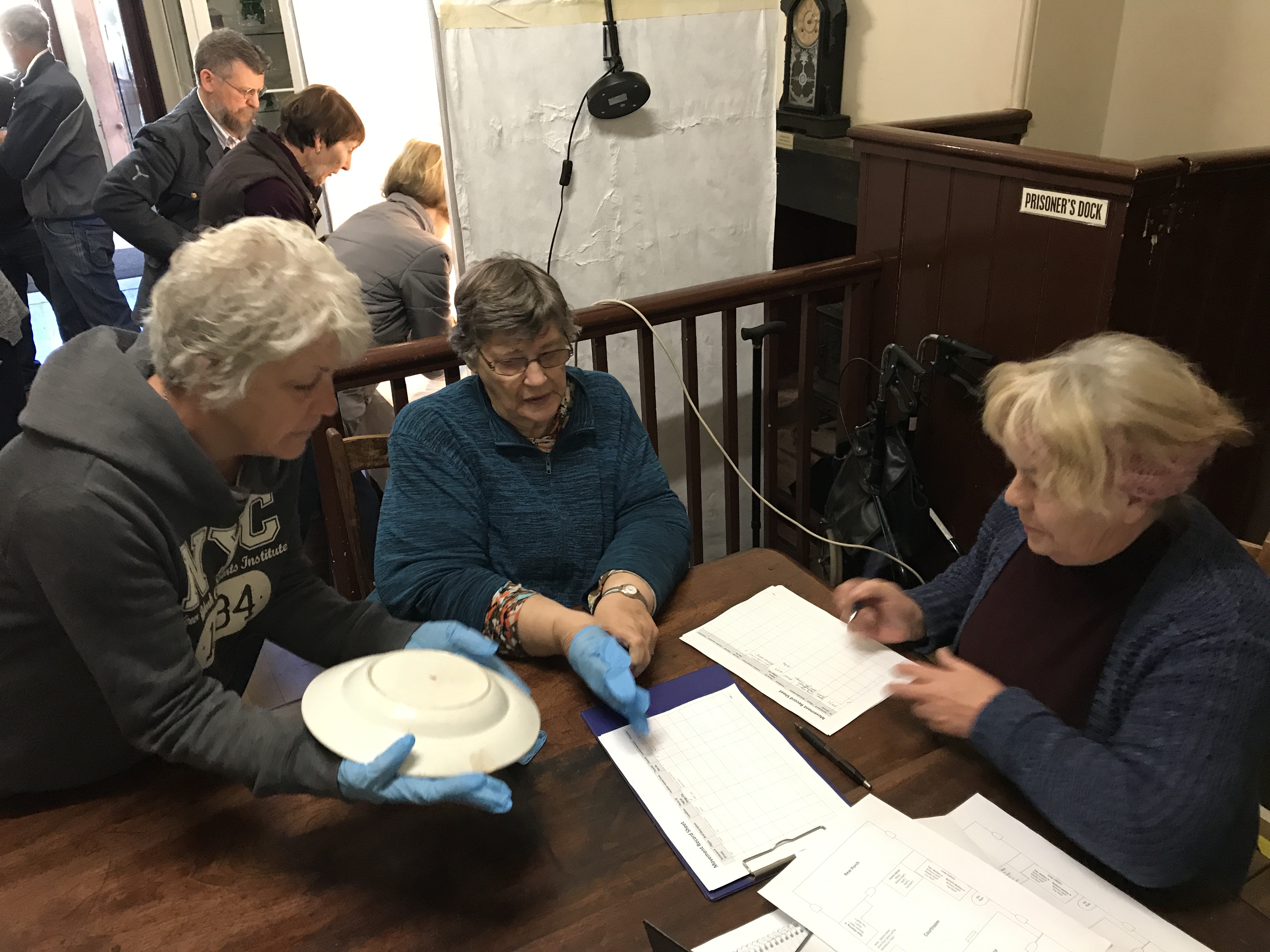
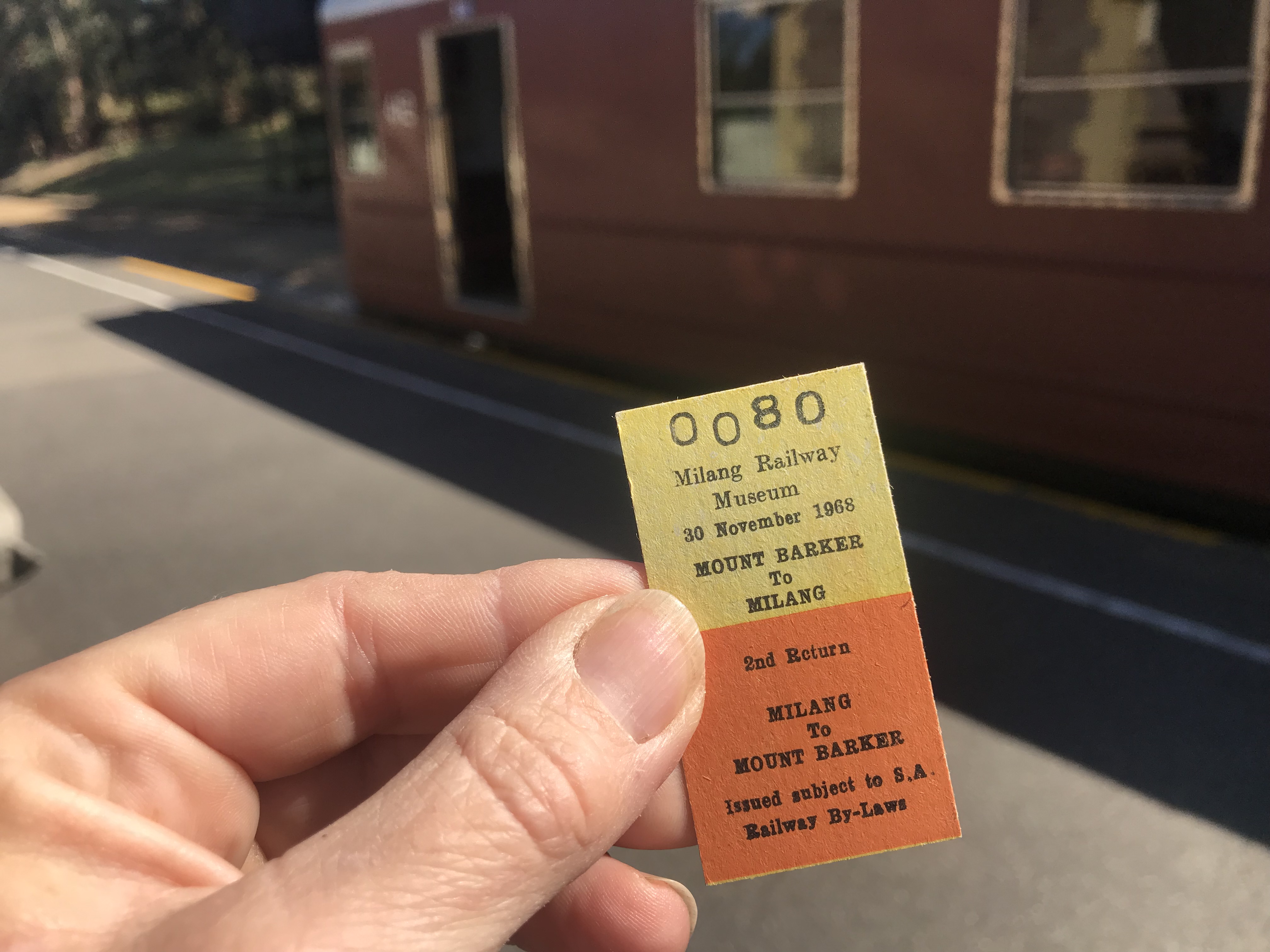
Recent Comments